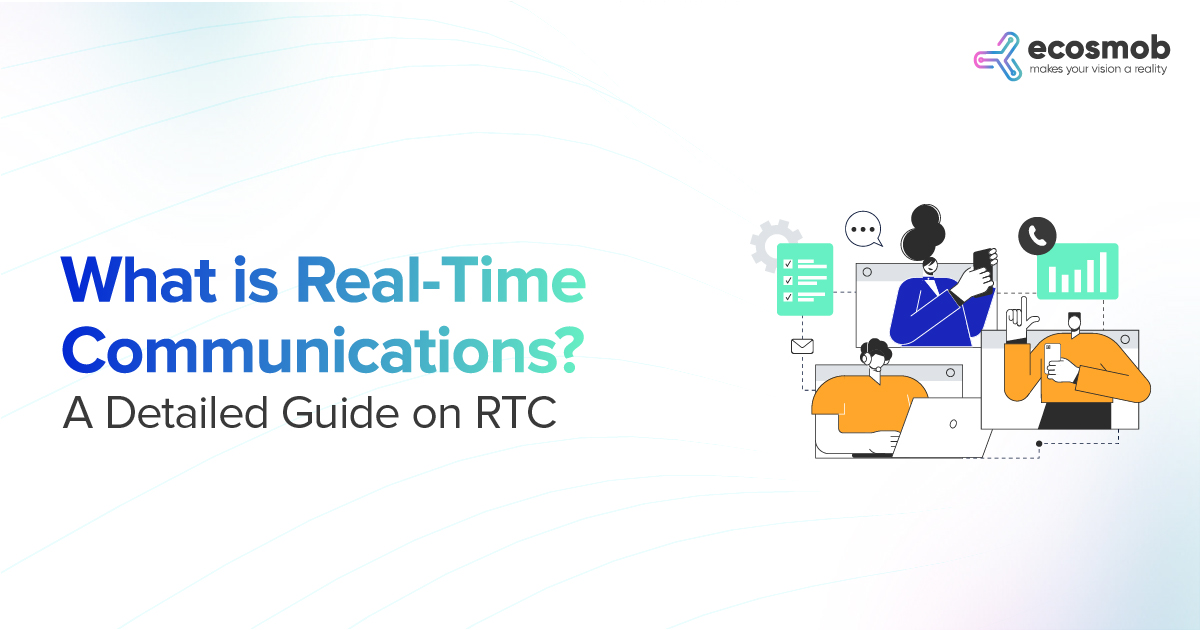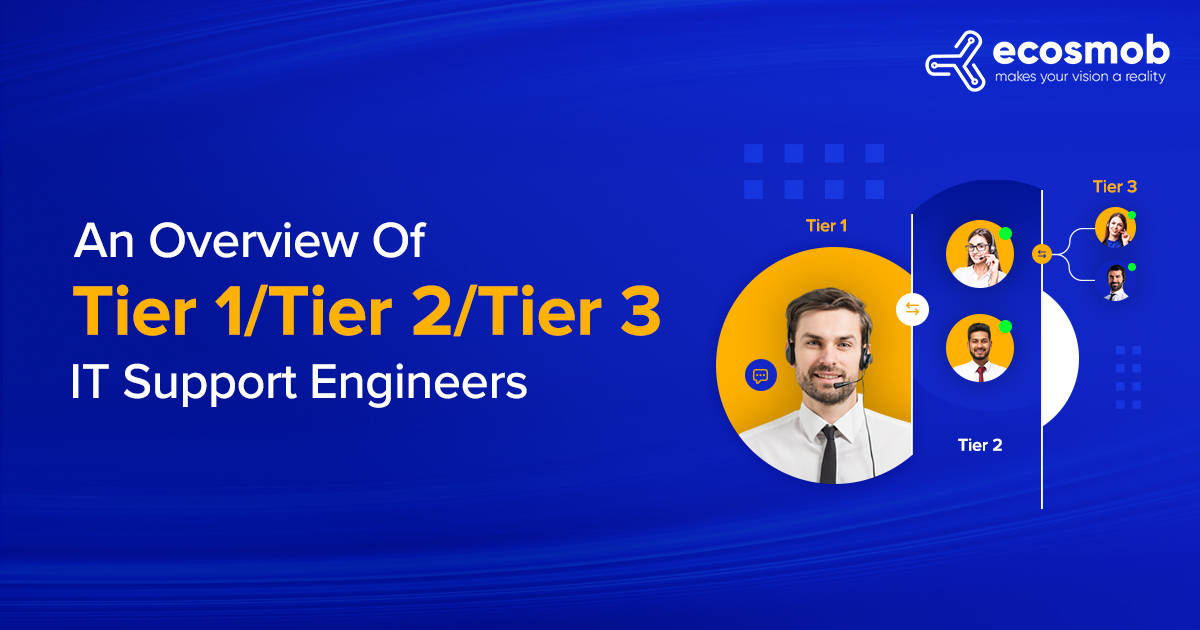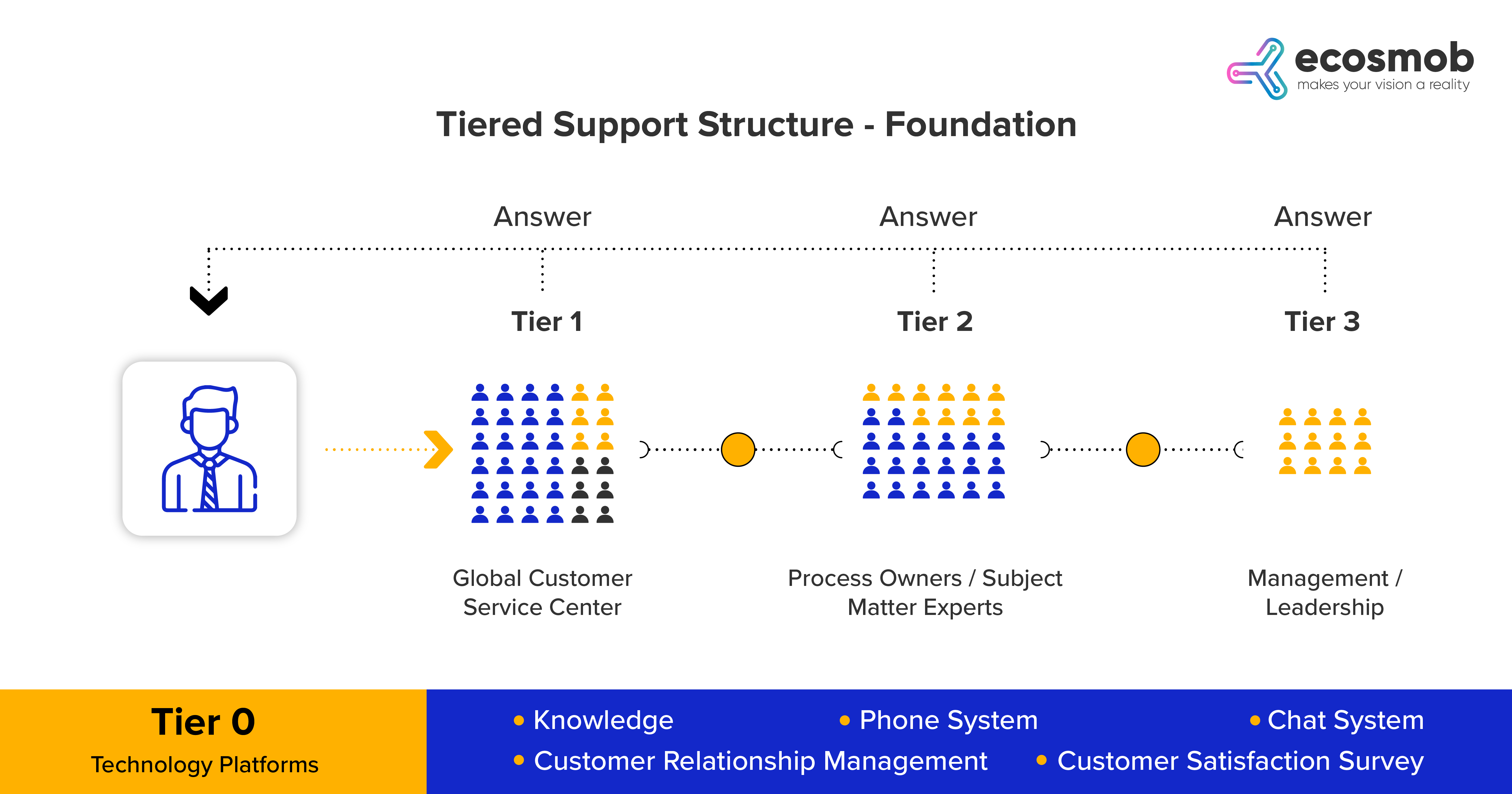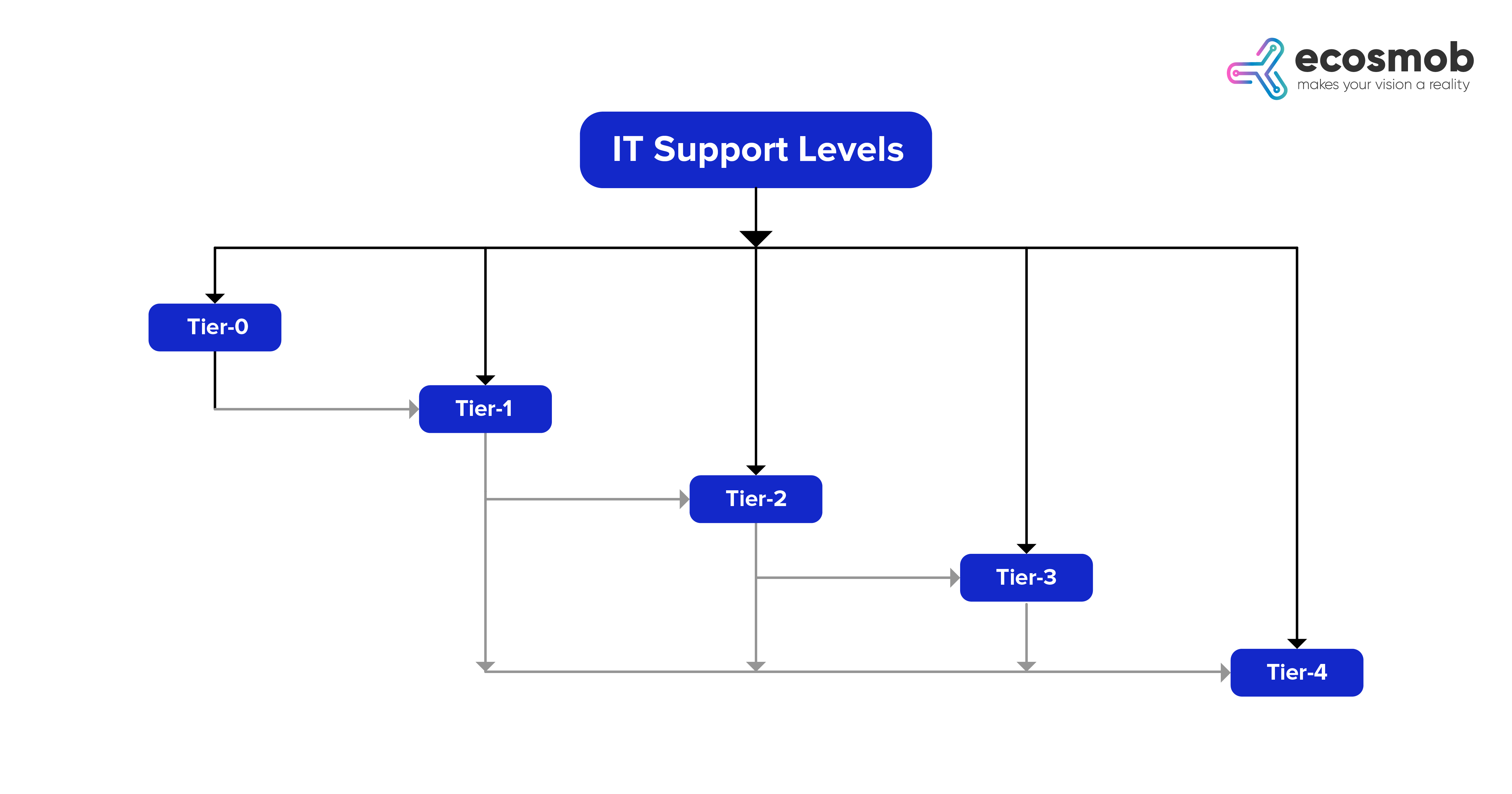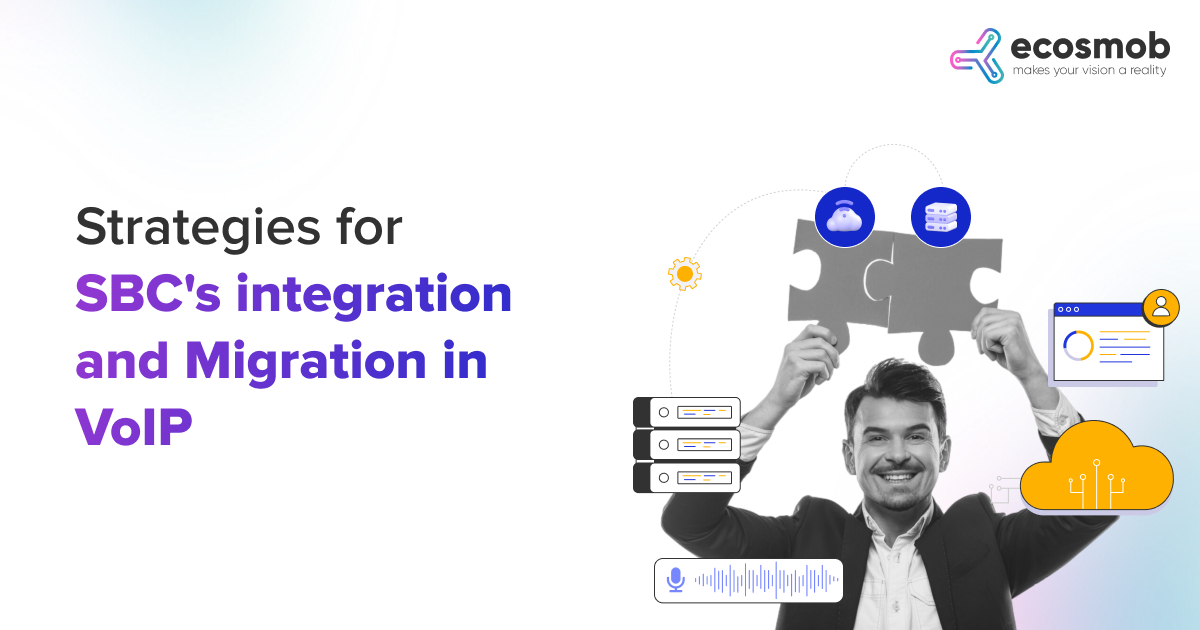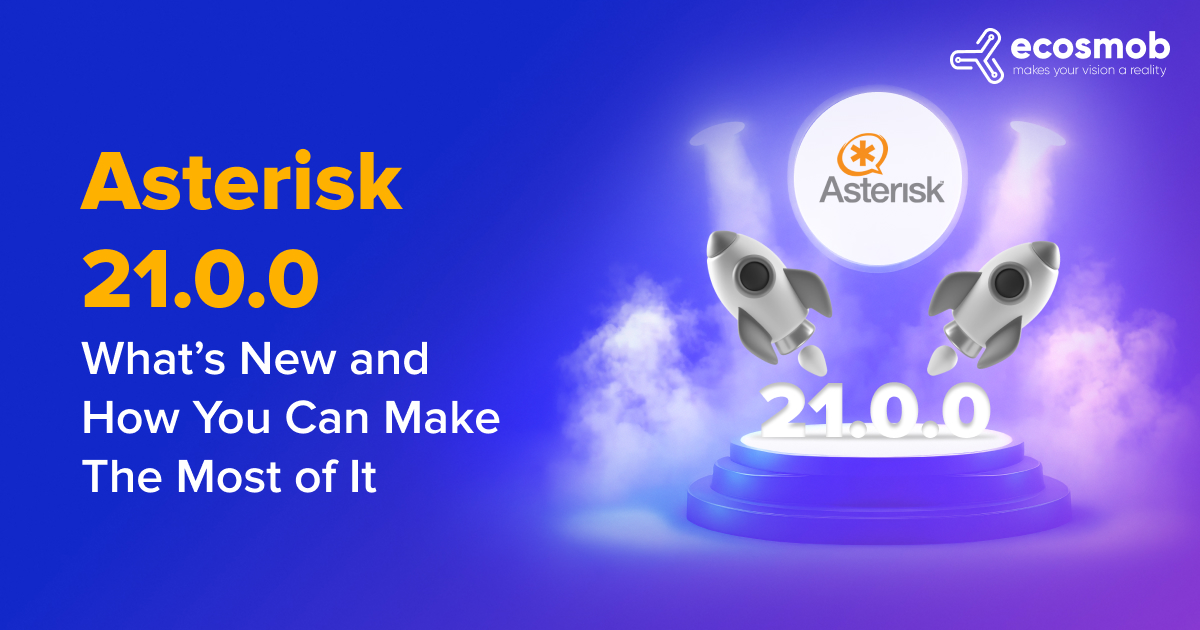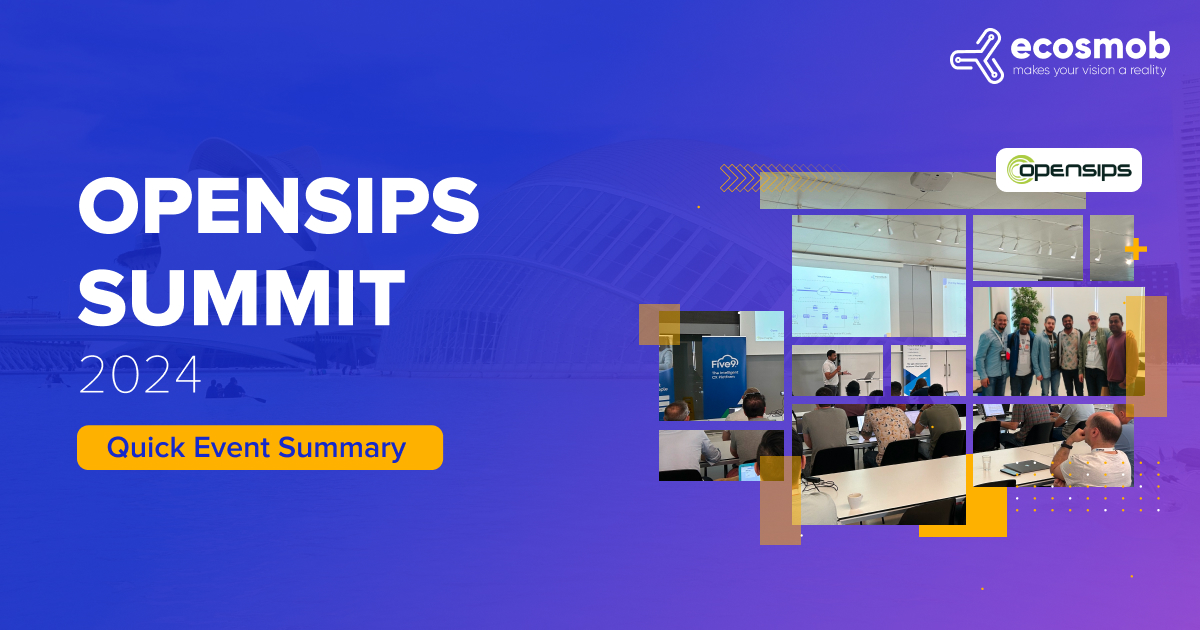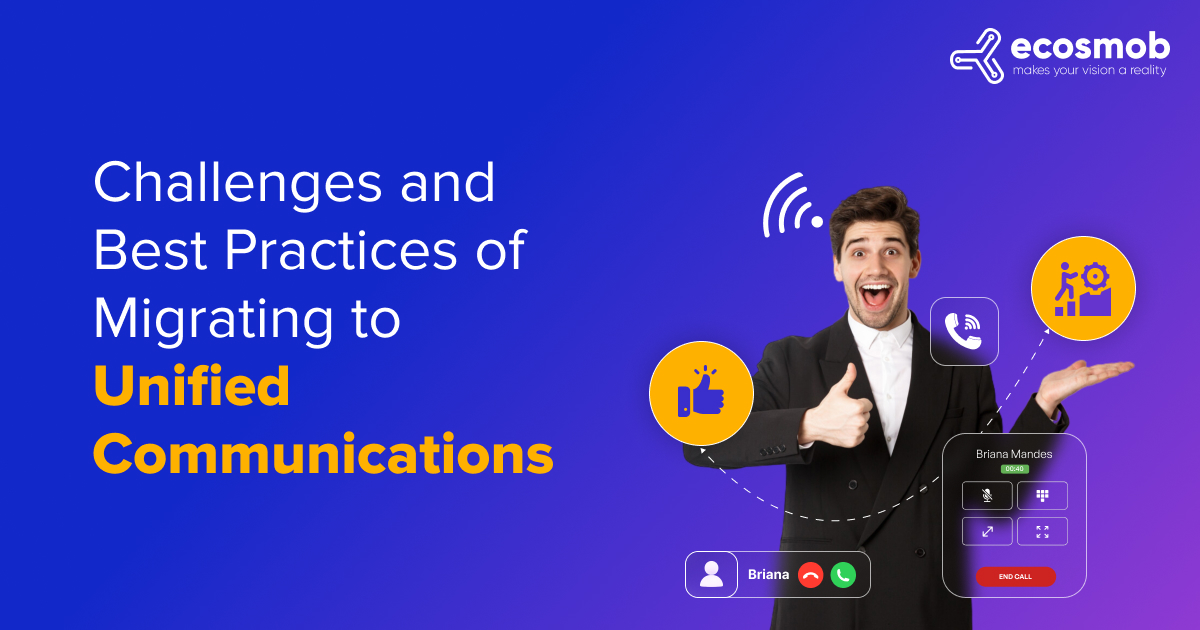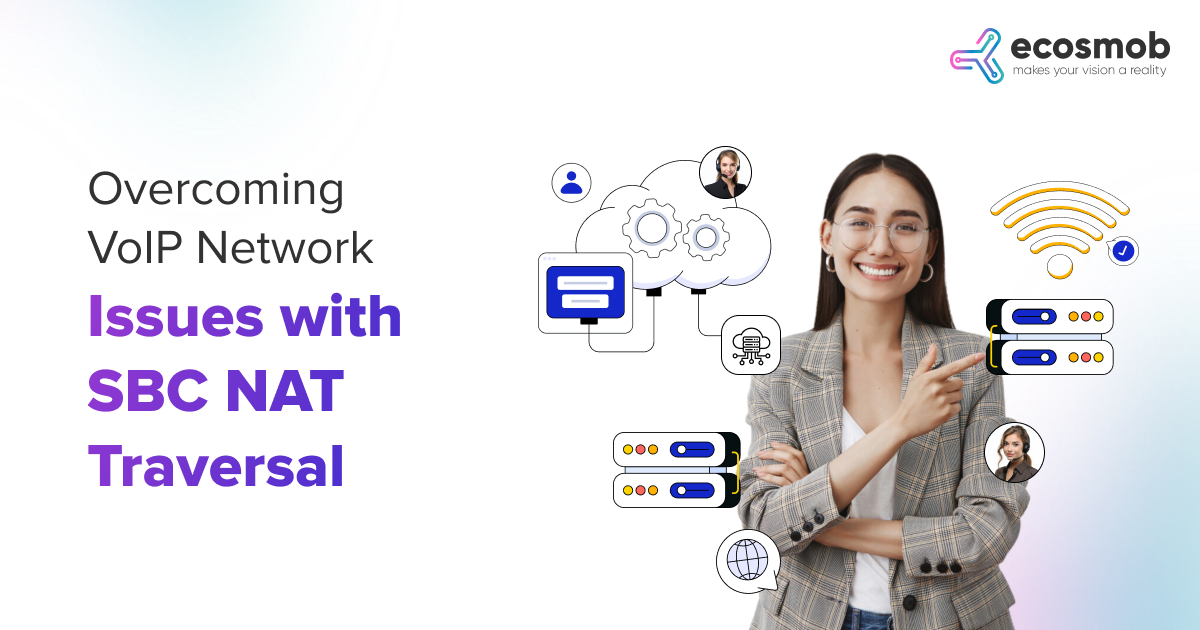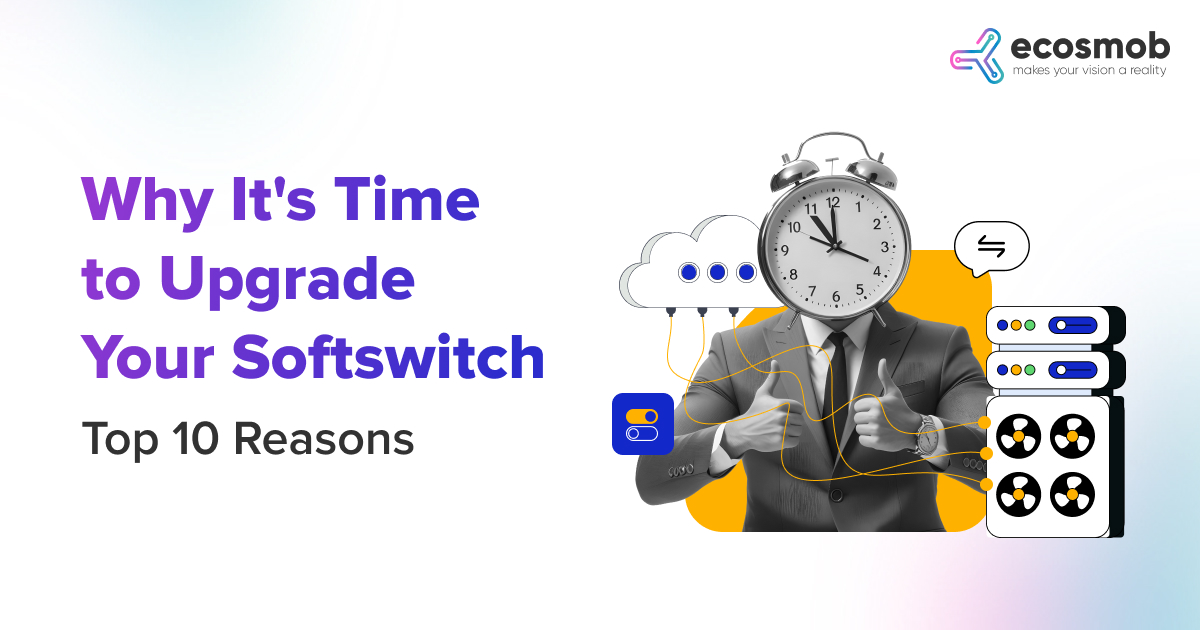IT support, also known as a technical help desk or support desk, is a service businesses offer for IT product customers. The support varies with complexity, hence the division into different service levels or tiers. Companies provide technical support teams for various devices and software, including televisions, phones, motorized products, and assist through chats, email, texting, video, chatbots, and other mediums. Services are divided into Tiers or Levels to serve the customers or users better. As a result, a standard support structure revolves around a three-layered system-Tier 1 technical support or Level 1 support, followed by Tier 2 and Tier 3 technical support.
You can choose a Level 1 Support engineer for your technology-related issues. However, if they cannot identify and fix the problem, the ticket is assigned to L2 and L3. So, in that case, you need to contact L2/L3 customer support engineers according to your requirements and resources.
What is Tier 1 Support?
Tier 1 support is the first-line support, usually provided by IT support personnel with the least experience, a lower understanding of technical issues, and limited access to company information. The representatives offer support via phone, chat, and email communications. A Level 1 support engineer with less technical expertise than the L2 and L3 level specialists will respond to your pre-sale support chats and emails. However, if you experience a technical problem and would like to have it resolved, you can do so by hiring a level 1 service desk expert.
Level 1 IT will provide you with support, which includes knowing clients’ challenges, engaging with them, and producing tickets against them. They assist with particular customer problems, including solving utilization issues and fulfilling demands for help desks that need IT participation. The IT engineers of this level learn through scripts to fix common IT issues and answer service requests. Next, a solution is redirected to the L2 support when needed. However, In cases where more expertise is required to solve the problems, they are forwarded to the L2 and L3 IT support. In that case, you need to contact tier 2/tier 3 customer support engineers.
Role of Tier 1 Customer Support Engineers
The L1 team mainly deals with issues like account unlocking, resetting passwords, uninstalling or installing applications, etc. These are all done through the application front-end/web page. So, if you are facing any issues, you can contact 1st level Support instead of focusing on solving complaints.
With Tier 1 Support/Help desk, you get a single point of contact (Phone/email/Chat/Portal), basic troubleshooting and resolution, call routing, and escalation.
Need for Level 1 Technician
There is a need for a Tier 1 desktop support engineer because technicians in Level 1:
- Collect customer data and requests
- Attend to customer phone calls
- Respond to social media messages and user emails
- Create tickets for Level 2 support
- Provide product information
Solve everyday problems such as menu navigation, username, and password issues, verification of hardware and software, installation issues, and setup.
You will get additional services if you hire a Tier 1 help desk engineer.
- A dedicated toll-free number
- Customer and product-specific knowledge repository
- Defined response SLAs (Service Level Agreements)
- Complete ticket management with service-level reporting and escalation
- Network troubleshooting and storing equipment
Get unlimited solutions via L1, L2, and L3 technical support for IT companies
What is Tier 2 Support?
Tier 2 is the second-line support that handles the tickets that L1 routes to them. This support team also can generate tokens for any issue they notice. L2 support specialists have significantly more skills and experience in solving complicated problems strongly related to them and can help L1 support people troubleshoot issues. L2 support covers systems incident resolution and in-depth application featuring detailed documentation, knowledge base, training, and incident trending analysis. If the L1 support engineers cannot fix the issue, you must contact level 2 service provider engineers.
It would be best if you had Level 2 customer support engineers because they are professionally qualified technicians and provide answers to issues L1 cannot fix. When you get in touch with Level 2 IT support engineers, they handle the tickets routed by L1 support or can themselves produce tickets for the issue they observe. They’re more skilled and experienced in solving complex problems in their mind and will help the L1 team solve them. They can simplify any technical issues that require server back-end access. They’re effective at handling technical chats and fixing many issues. If they can’t resolve any problems, they escalate them to the L3 IT infrastructure support, and then you need to contact Tier 3 customer support Engineers.
Role of Tier 2 Customer Support Engineers
Tier2 IT support Engineers have the following roles explained below:
- Tier 2 help desk engineers personnel provide in-depth technical assistance to employees and customers.
- L2 Support Engineer personnel escalate the IT issues that cannot resolve to L3 Tier personnel.
- The engineers and designers who manufactured the product/service don’t need only to provide L2 Tier support. However, the personnel that provides L2 Tier technical support should be highly skilled and familiar with the product/service issues.
These are the roles of a Level 2 customer support engineer, and if you require assistance, you need to reach a tier 2 tech support engineer accordingly.
Need for Level 2 technician
It would help if you had Tier 2 IT support engineers because Level 2 technicians communicate with an individual for an in-depth analysis of the issue before providing a solution. The query moves up to Level 3 support if a solution is unavailable. Usually, Level 2 support personnel have a strong comprehension of the organization’s products and extensive experience in troubleshooting. Level 2 support technicians also have significantly more experience employed by the organization, in-depth training, and access to all or any company information.
Tier 2 technicians aren’t necessarily architects or engineers directly associated with creating the hardware or software under consideration but might have experience with programming or utilizing the products. When staffing Level 2 support, try to contact Level 2 customer support technicians.
What is Tier 3 Support?
Tier 3 support is the third-line support and typically includes a development team that handles technical problems. They’re experts within their domain and address the absolute most challenging issues, primarily assisting both level 1 and level 2 specialists. Additionally, they code changes, research, and develop solutions for challenging new or unknown problems. Tier 3 customer support covers base applications, customizations, and integrations and benefits from our proven methodologies, source control, and standards. However, if you want to fix defects, you need to contact Tier 3 IT Support engineers.
Role of Tier 3 Customer Support Engineers
With years of experience, Tier 3 customer support engineers can manage and fix almost all issues that require high expertise. They can control the cloud network, infrastructure, and DC-level operations. Most high-end administration tasks are safe and secure inside their hands, and it’s advisable to possess at least an L3-level technician as a group leader in every operation. Hire L3 engineers because they use product designs, code, or requirements and aim to replicate issues to detect the root cause. They can access the highest technological assistance for fixing problems or developing new features. If you want your issue fixed at an expert level, you need to get in touch with Level 3 IT support engineers.
Need for Level 3 Technician
There is a need for Tier 3 Technical Support Engineers because L3 experts typically resolve tricky issues and participate in prioritization, minor enhancements, problem management, stability analysis, etc. These support leaders have the expertise and a deep understanding of one or two technology platforms. L3 engineers are proactive, identifying issues in advance and looking for continuous service improvement opportunities. In addition, reach L3 engineers that have administrator access to essential systems. It can also help provide technical support to employees and customers in the current remote work scenario. So, whenever you require assistance, you can contact Level 3 help desk engineers.
Source: CERTGUIDANCE
Tier 1 vs. Tier 2 vs. Tier 3 Support
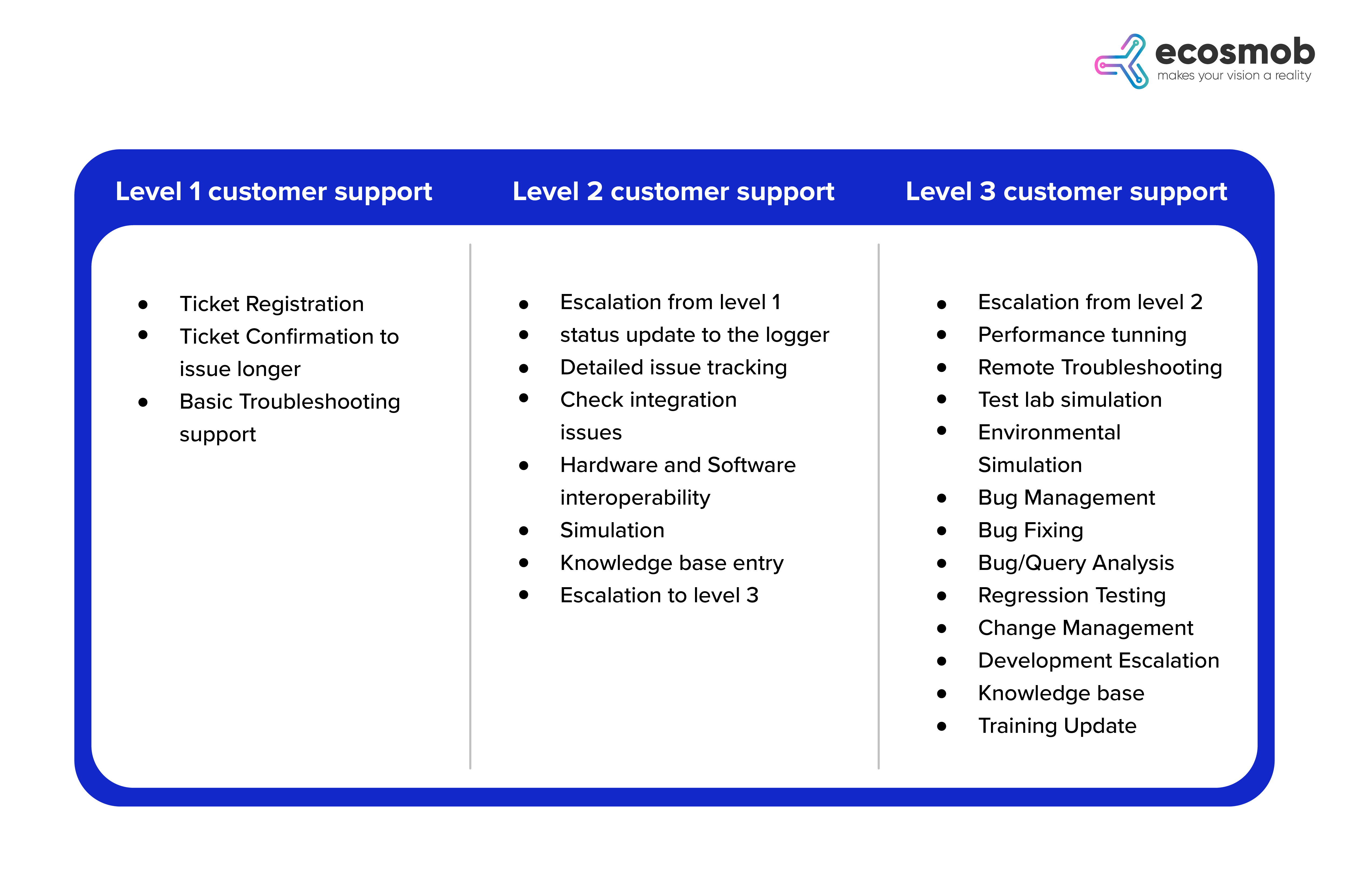 Wrapping Up!
Wrapping Up!
While these are the recognized levels of support, your needs may vary depending on the service and product you provide, the number of clients, and the size of your business. So, contact L1, L2, and L3 customer support engineers according to your requirement. It’s possible to combine Level 1 and Level 2 technicians to fix problems before upgrading them to Level 3. Also, shifting employees between Level 1 and 2 roles help with experiences and training and increases employee retention and satisfaction.
However, at Ecosmob, we provide a streamlined support escalation path for superior customer experience and offer a simplified support escalation path for efficient resolution and customer experience. You can focus on developing and improving your products with us while we handle all technical support queries. Contact us today to learn more about our offerings and to hire L1/L2/L3 IT support engineers.
